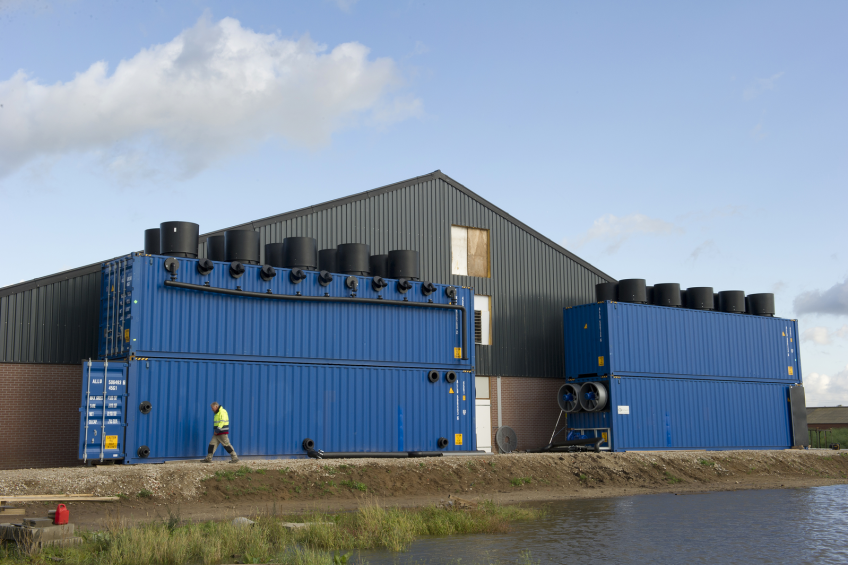Study on livestock farms and public health

Dutch scientists have carried out an extensive research on the relationship between people living close to intensive livestock operations and their health. The result: there are positive as well as negative effects.
People living in the direct neighbourhood of intensive livestock farms were shown to have a higher occurrence of respiratory infections and a reduced lung function, predominantly due to a narrowing of the airways. These same people, however, were also observed to less often suffer from asthma or Chronic Obstructive Pulmonary Disease (COPD).
These key conclusions were presented in a report on 7 July 2016.
Relationship between livestock and neighbours
The research, held in the Netherlands, aimed to establish whether there is a relationship between livestock production and health of direct neighbours. The researchers said that although the relationship between farm and the health of their staff has been amply researched, little attention has been paid to the condition of direct neighbours and a livestock farm.
The research was jointly carried out by the Dutch National Institute for Public Health and the Environment (RIVM), the Institute for Risk Assessment Studies (IRAS), the Netherlands Institute for Research in Health Care (NIVEL) and Utrecht University (UU).
Particulate matter levels
The research, which took about 3 years to conclude, revealed that around intensive livestock operations, higher concentrations of particulate matter were found in the air. In addition, also the concentration of endotoxins are higher around intensive livestock operations than in cities. These higher endotoxin levels were mainly found to be related to pig and poultry farms.
The lung function among people living in a 1-km radius around poultry farms, was shown to be 2-4% lower. This reduced lung function could for instance be caused by higher particulate matter in the air as well as a higher concentration of ammonia, in turn reacting to other particulate.
Three goals
The research started out with three goals:
- Determine the exposure to particulate matter as well as micro-organisms and endotoxins within this particulate matter for neighbours of intensive livestock farms;
- Map health problems amongst neighbours of intensive livestock farms, as diagnosed by a GP;
- Try to connect dots between the first two bullet points.
MRSA and Q-fever
Zooming in on particulate matter, the researchers paid special attention for livestock-related Methicillin-resistant Staphylococcus aureus (MRSA) as well as Q-fever. The human health focus was on respiratory problems, like asthma and COPD, and the gastro-intestinal tract.
Research was carried out near farms having poultry, pigs, cattle and goats, as well as in locations having more and fewer animals, as well as near different types of farms (e.g. size, presence of an air scrubber).
MRSA bacteria found around livestock operations
The livestock-related MRSA bacteria was found more often and in higher concentrations in a 1 km radius around livestock operations. In general, however, there was no higher risk for infections with MRSA, as well as related to ESBL, hepatitis E or influenza.
Remarkably, the research revealed that the closer neighbours live to intensive livestock operations, the fewer respiratory infections, allergies, cases of bronchitis and hay fever are seen. One could see this as a protective relationship.
Goats, poultry and mink farms
In surroundings where a lot of goats are being held, Q-fever and pneumonia is often observed. Around poultry farms, pneumonia is measured more often than usual. In the neighbourhood of mink farms, more often asthma and allergic rhinitis are found, the research revealed.
In a reaction, the Dutch Agri- and Horticultural Organisation (LTO) indicated that farms need to reduce the emission of particulate. The organisation points to animal welfare regulations causing the emission of more particulate matter – as it could be a result of the animals moving around more.
For the research, almost 15,000 people were interviewed. In addition, 2,500 people were actively researched.











